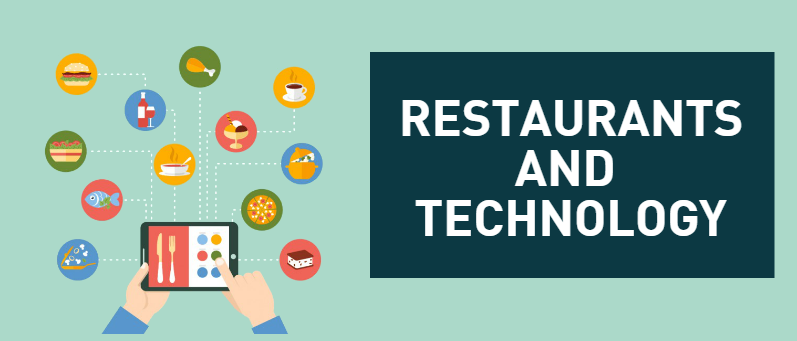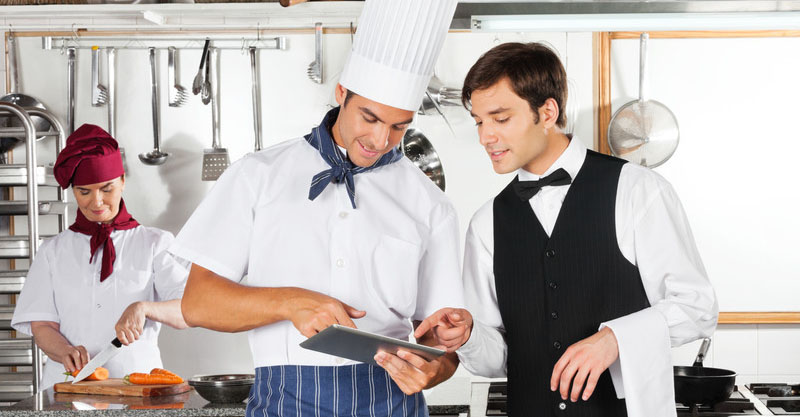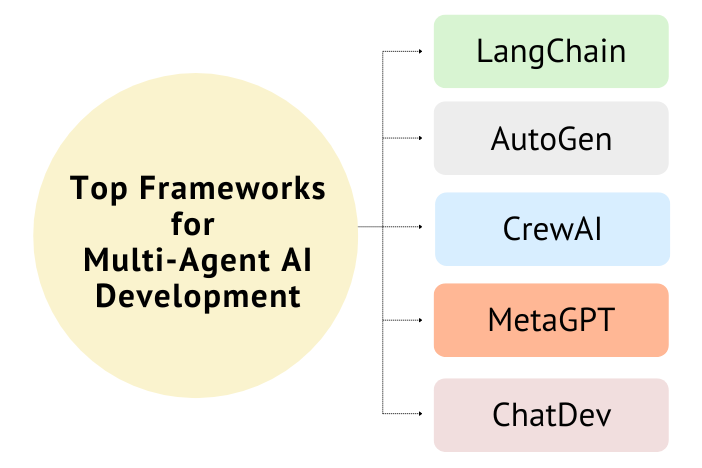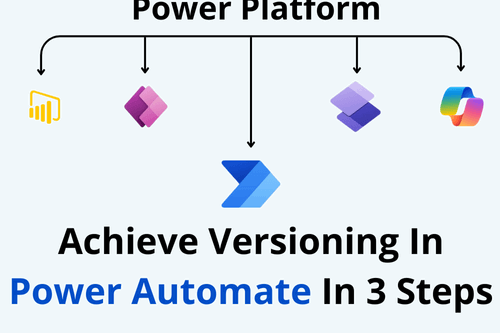Restaurants have a hard time when performing business-level and front-of-house tasks. The former requires owners using technology outdated and interferes with tasks on the floor. Yet there’s an opportunity here to create an efficient workspace, through the latest restaurant technology trends.
Business Intelligence is the starting point: a process of gathering, analyzing and reporting data to influence business decisions. Data collect from technology integrated into restaurant equipment and systems. Anything from sensors tracking oven temperature, to gathering customer information through loyalty programs. It’s not only about upgrading equipment. It’s about making informed, accurate decisions for the future of your restaurant.
Combining BI with other restaurant technology trends impacts three main areas:
- Creating smart kitchen technology
- Mobile apps for managers
- Connecting with consumers
Smart Kitchen Technology
The kitchen is the heart of every restaurant; the smallest malfunctions can cause a ripple of issues across all operations. When integrating BI, owners use the Internet of Things to create smart kitchen technology and prevent potential problems. IoT uses interconnected devices to collect, store and share data and is a great way to make your kitchen equipment smarter.
With sensors, managers receive real-time monitoring reports on their equipment. They can survey performance and receive alerts when maintenance is required. If a grill gets too hot, for example, an immediate notification will be sent to the manager’s handheld device. They save money on energy costs by remotely controlling on- and off- functions, and cost on repairs by keeping up-to-date with kitchen tools’ performances.
Another perk is improving food waste management. Finoit Technologies shares in one blog, IoT can track patterns in inventory- what ingredients are overstocked and what is running low. It relays the data to the owner, allowing them to change what needs to be ordered at a faster rate than manual tracking. This leads to higher-end decisions such as changes in the menu. Seeing which ingredients are used the most reveals what customers like to order, and vice versa, showing potential entrees that create more waste than revenue.
Mobile Apps for Restaurant Managers 
Managers spend the majority of their time on the floor to ensure workflow runs at peak efficiency, and to interact with customers. However mandatory reports, emails, accounting, and other business tasks requiring the computer at the back of the restaurant, disrupts those duties. Managers must work overtime just to complete computer-related tasks. Among restaurant technology trends, mobile apps ease the manager’s workload. Tablets and handheld devices have the necessary processing power managers need for business-level duties without ever leaving the floor. It gives them a bird’s eye, portable view of the restaurant’s activity and works.
Cloud storage helps corporate headquarters aggregate data from all their restaurants, providing information like the differences between franchises, and real-time impact of promotions and marketing campaigns. Access to the cloud limits costs of IT infrastructure and gives SMB restaurants access to the same tech as Fortune 500 companies, as CEO of Red Book Connect, Larry Abramson, said in his article.
Mobile apps present employees the opportunity for greater involvement, and easier to relay their needs to a supervisor. Employees can schedule time off, or notify the manager if they are unable to make their shift, through the app. The manager will alert the team when positions need to be filled. It saves the manager from calling individual team members, providing faster connectivity. This boosts morale in an industry known for high turnover rates, saving the manager 15+ hours of recruiting work per week, further noted by Abramson.
How to Connect with Customers
For any business, it is important to know what makes people step through your doors, what causes them to return and how they become loyal customers. Through BI and applications, data collected on individual consumers open a way for businesses to connect with them. You can track a customer’s buying history at your store through your loyalty program. Say you are a deli shop owner and have a customer who orders smoked turkey every week. You could reward his loyalty by sending a personalized coupon with discounted prices on your turkey selections. The same goes if you have an overstock on a particular meat and which to sell it at a faster rate. Sending special offers to customers most likely to buy it helps achieve that goal. BI will reveal trends in customers’ buying habits, observe loyal consumer behaviors, analyze reviews and rely on actionable data to managers.
Contact Sunflower Lab today and receive a quote for developing applications for your restaurant.
You might also like
Stay ahead in tech with Sunflower Lab’s curated blogs, sorted by technology type. From AI to Digital Products, explore cutting-edge developments in our insightful, categorized collection. Dive in and stay informed about the ever-evolving digital landscape with Sunflower Lab.











